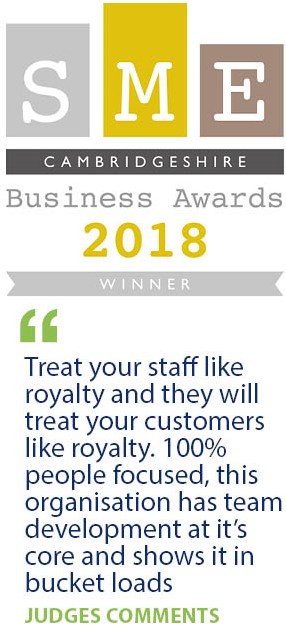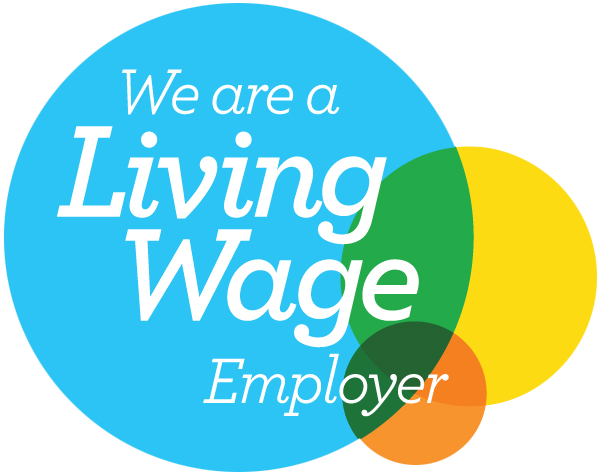
The new year is the prime time for people to make changes to their lifestyles, with employment being at the forefront of priorities. This is particularly true as we emerge from various lockdowns because the requirements for many have shifted.
If employers are unable to accommodate these needs, workers will inevitably seek employment elsewhere. So, how can you implement the most effective recruitment strategies to ensure jobseekers select your company?
Applying the best recruitment strategies starts with writing an engaging job description, which is clear about the duties that the role entails. You should also highlight any additional benefits, such as flexible work schedules or the reimbursement of travel or lunch costs. Whilst important, money is not the biggest motivator in the workplace in these current circumstances, so you can use other strategies to entice employees. It is important to note that the job description is the first interaction prospective employees have with your company, so you need to make your brand attractive to a job seeker.
After the job description comes the application process. In order to maintain the interest of potential employees, you should ensure that your application process is streamlined and clearly signposted. A cluttered and disjointed application process will deter a jobseeker’s interest away from a job opportunity. Not only is this due to inconvenience, but it suggests that the company itself is not well put together. This is not the message you want to convey when searching for new recruits.
Once you have filtered through your candidates’ applications, it will be time to begin the interviewing process. In most cases, the interview stage is make or break for employers and employees alike, so it’s imperative to make a good impression at this point. As an interviewer, you will need to find the balance between professionalism and approachability. The likelihood is that your candidate will be feeling some nerves, so it’s important to put them at ease without compromising your authoritative position. For example, you should smile and make eye contact, but you should avoid making conversation that could be deemed too personal.
The interview stage is also the perfect time to question someone about their requirements, for instance, if they have children that they will need to care for on certain days. Addressing topics such as these will convey your care and present your willingness to accommodate the needs of your employees.
After you have selected your candidate, you will need to begin the onboarding process, which is arguably the most important stage when it comes to job retention. If an employee experiences a poor onboarding, they may feel that the company is incompetent and they are not likely to remain at said company for a significant length of time. Strong leadership results in better employee retention as the recruit feels confident that they are in capable hands.
Particularly in terms of the training process, business leaders must remember that being the boss does not mean being bossy. Even in the early stages, you must trust your employees to show some initiative rather than instructing their every move. Constructive criticism and advice are always useful, but you must be conscious about delivering it in an effective way. The best managers allow their employees to work alongside them rather than beneath them. This is because candidates feel respected, valued, and trusted, which is vital when it comes to employee retention.
On top of this, new employees will not always be familiar with your company’s processes or routines, which is why you must welcome questions. If a candidate feels that their queries are going to be met with contempt, they will shy away from asking which will affect their performance. Additionally, it will make them feel uncomfortable in the workplace and influence them to seek a new position elsewhere.
Of all the changes COVID-19 has made to the workplace, flexible work arrangements are among the most prevalent. Prior to the pandemic, people found that they had to slot their lives in around work; however, COVID-19 has meant that priorities have completely flipped for many of us.
Many employers have since found themselves asking “Do flexible work hours improve employee productivity?” In fact, productivity does tend to increase when it comes to flexible working, as it presents a better work/life balance and stress is reduced. With flexible working, childcare and travel costs are lowered, and appointments can be easily slotted in as and when they are necessary. When enticing fresh recruits in the new year, the option of flexible working should be carefully considered as this could place your company above the competition.
Here at Paydata, we are a reward management consultancy dedicated to improving working lives across the nation. For further advice regarding attracting fresh recruits in the new year, please contact us and a member of our expert team will be in touch.
Sign up for briefings on pay benchmarking, salary surveys, reward strategy and statistical updates.
sign up for updates
© Paydata Ltd 2025 All rights reserved.
Registered in England no: 3632206
VAT no: 728 0808 28
Paydata Ltd, 24 Commerce Road, Lynch Wood, Peterborough, Cambridgeshire, PE2 6LR

